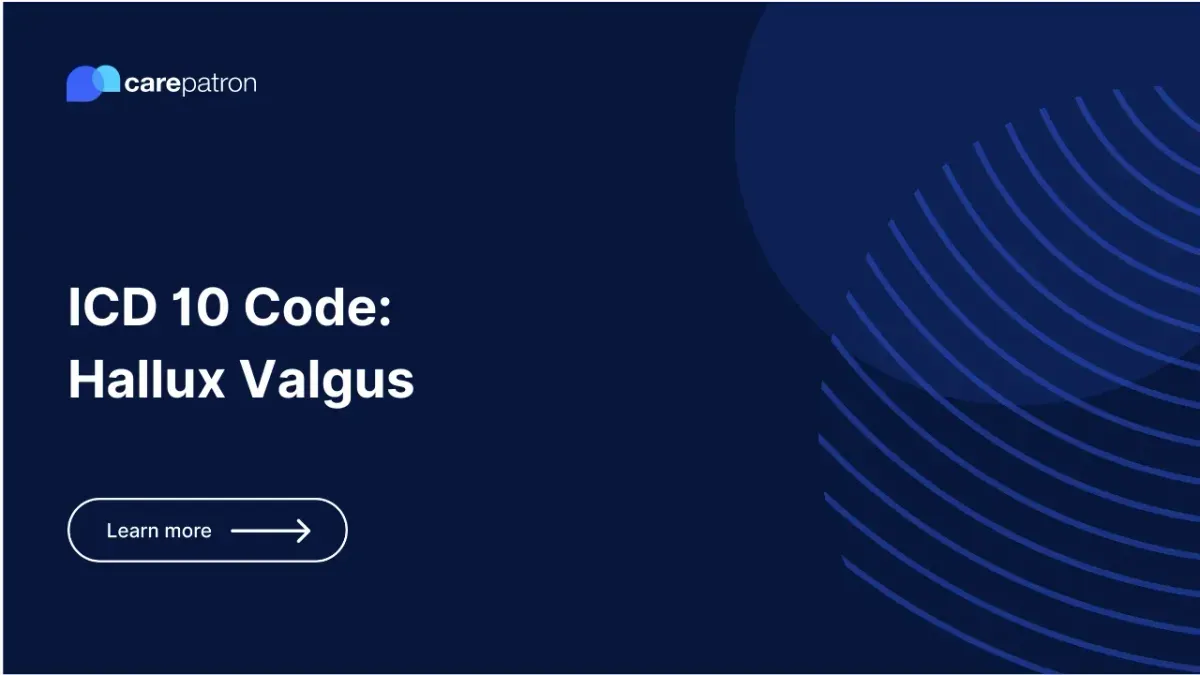
Hallux Valgus ICD-10-CM Codes
Read this short guide and learn about hallux valgus ICD codes you can use.
Use Code
Commonly asked questions
Yes, and we purposefully left it out. This unbillable code is M20. - Hallux valgus (acquired). It is more specific than the aforementioned codes, rendering it invalid and unbillable. Please use the ones we listed above.
Professionals can easily tell by looking at a person’s foot. Sometimes, they will conduct an X-ray test to check and confirm.
The approach to addressing the deviation depends on its severity and the professional's recommendation. Physical therapy is often suggested, while others may prescribe pain relievers, administer steroid injections, or provide bunion pads, tapes, or orthotic devices. In more severe cases, surgery may be considered as an option.
EHR and practice management software
Get started for free
*No credit card required
Free
$0/usd
Unlimited clients
Telehealth
1GB of storage
Client portal text
Automated billing and online payments
